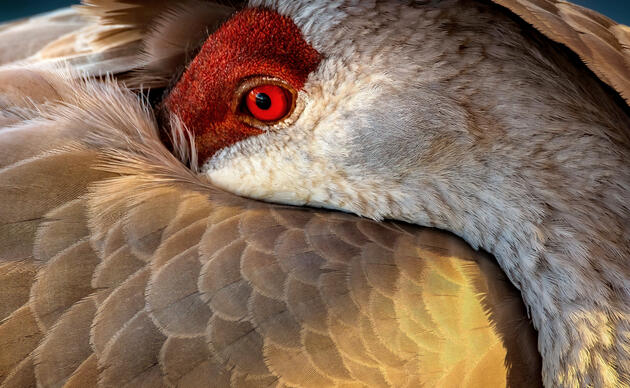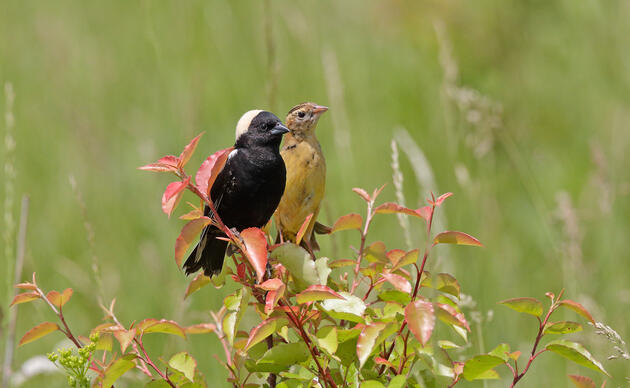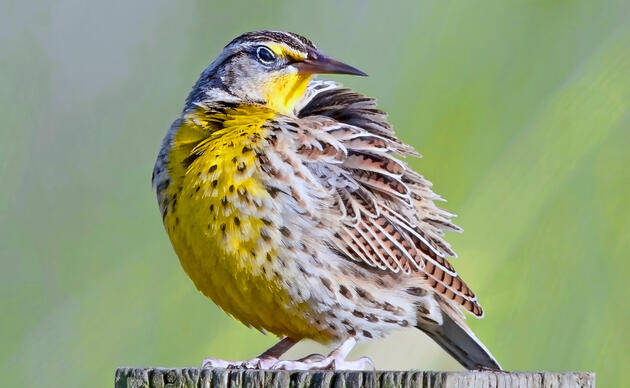A nationwide decline in the Regal Fritillary prompted Rowe Sanctuary to take part in a new community science project. The purpose of the project is to collect data to determine a population estimate, what nectar they prefer, study their behavior and assess their habitats.
The study will occur at Rowe Sanctuary’s 41st Annual Butterfly Count on June 26 at 10 am (rain-date is July 2). Participants will meet at the Iain Nicolson Audubon Center at Rowe Sanctuary and proceed to transects to monitor butterflies species. Participants are encouraged to wear long pants, closed toe shoes, bring sunscreen, bug spray and a water bottle. Survey requires walking longer distances in tall grass. Please RSVP to Anne Winkel at awinkel@audubon.org or call 308-468-5282.
Why Rowe Cares
The Regal Fritillary is currently under consideration by the US Fish and Wildlife Service for protection since it has declined over much of its range, so it is important to understand how large Nebraska’s population is and where this rare species is thriving. The Regal Fritillary cannot survive in altered landscapes (row crop, non-native pasture, housing developments) and require a relatively pristine native prairie to survive. Additionally, they do not migrate and have limited dispersal capability making these populations,” as stated by project coordinator Anne Winkel, “more susceptible to decline.”
“We use this species as an indicator for other species,” said Winkel. “We assume if this species is thriving than we are providing ample habitat for other butterflies and pollinators.”
What is a Regal Fritillary?
The regal fritillary is a large butterfly (approximately 7 cm in diameter) that is similar in size to the monarch butterfly. The upper side of the forewing is orange with black markings. The upper side of the hindwing is black with a row of white spots and on the wing edge is a row of spots that are orange in males and white in females. The underside of the forewing is orange with a band of white spots and a black fringe.



